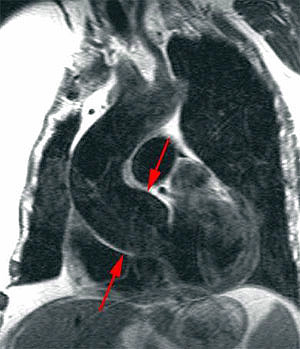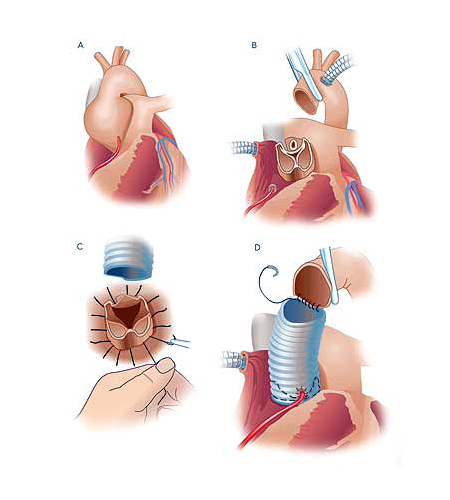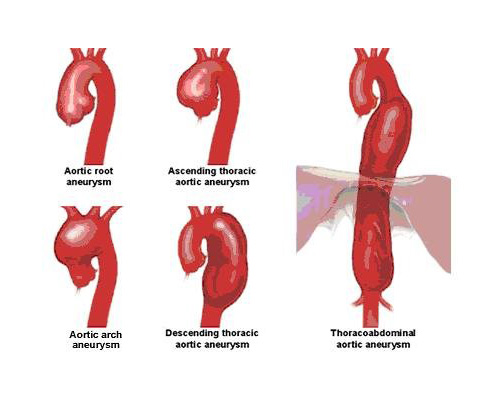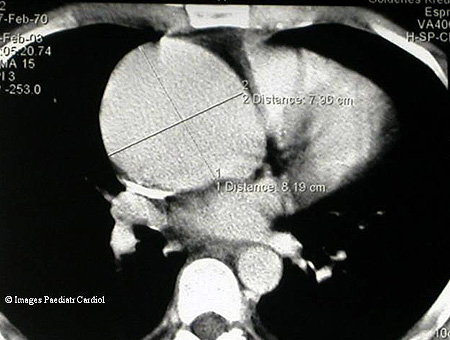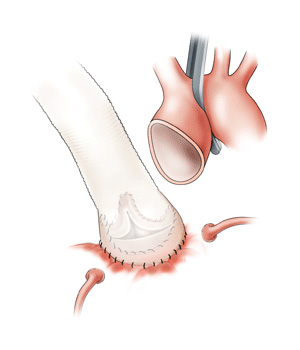
|
Providence Heart and Vascular Institute - eCardioVascular BeatValve-sparing aortic root replacement
Eric Kirker, M.D.Thoracic, cardiovascular surgery, Providence Portland Medical Center In the past 20 years, the world’s cardiovascular community has worked toward mitral valve preservation and repair. The clear benefit of native valve preservation is well established in the literature: flow characteristics unrivaled by prosthetics, resistance to infection, no need for Coumadin and durability are the unmistakable advantages of native mitral valves. Eliminating the need for anticoagulation has been a vanguard issue for cardiac surgeons worldwide. But why not preserve the aortic valve? All the same advantages apply: unrivaled flow, durability, less infection and no need for anticoagulation. Until the early 1990s, however, no significant aortic valve-sparing series had been published. Surgeons, such as the University of Toronto’s Tirone David, M.D., have pioneered this field, continually updating and developing techniques. Published series have consistently reported exceptional results. “In the hands of an experienced surgeon, valve-sparing aortic root replacement is a safe and effective treatment for patients with aortic root aneurysms and insufficiency.”These advanced techniques are now taught in several centers and practiced with reliability. We now offer these cutting-edge, yet proven aortic techniques at Providence Heart and Vascular Institute. Traditional techniquesPatients with aortic root aneurysms and leaky aortic valves are classically treated by removing the entire aortic root. Leaflets, commissures, annulus and all are cut out regardless of the condition, and replaced with a valved conduit and coronary artery reimplantation. This consists of a woven material graft with some prosthetic valve attached. Patients under the age of 70 usually will be given a mechanical valve requiring Coumadin. This is because a bioprosthetic valve has a substantial risk of failure and reoperation when implanted in younger patients. Further, mechanical valves carry higher risks for thrombotic complications and bleeding. Bioprosthetic valves can be adapted as conduits by surgeons, but they suffer from inferior durability. Also, flow characteristics of bioprostheses do not match those of mechanical valves, nor do they come close to native valves with healthy leaflets. These are accepted and widespread techniques. No one would be faulted for using them; in fact, they would be considered the clinical standard. Advanced techniquesDevised in the 1980s and practiced in some form in the 1990s, aortic valve-sparing root techniques (VSR) really have become the procedure of choice for patients who have the right problem and can find the right surgeon. That is, patients must have healthy leaflet tissue suspended in an unhealthy architecture. A diseased root – whether from Marfan’s, Ehler’s-Danlos or when idiopathic – can result in healthy leaflets that are out of position. This lack of a normal layout results in a leaking, dysfunctional valve. At Providence Heart and Vascular Institute, we perform valve-sparing aortic root replacement. This procedure is technically called “David-V reimplantation.” It consists of resecting the entire aortic root down to the leaflets, resizing the aortic annulus, reimplanting the native valve leaflets into a graft and sewing them back in so that they function together as a competent valve again. IndicationsPatients with aortic root aneurysms and aortic insufficiency should be considered. To be eligible, they must have non-calcified leaflets, their bicuspid valves are not contraindicated and they’re between the ages of 20 and 69. Oddly, patients with dangerous aortic root and ascending aneurysm often can be asymptomatic. But waiting for symptoms is a recipe for disaster. Symptoms such as chest pain are ominous, and shortness of breath from insufficiency is the beginning of left ventricular decline. All symptoms require serious and urgent attention. VSR can even be considered emergently in acute aortic dissections. Patients often have concomitant ascending aortic aneurysms, which are replaced at the same time. Stenosis rules out the operation, as the leaflets of a stenotic valve are abnormal. ResultsThe results of this procedure here at PPMC have been excellent: short hospital stays (average of six days), low transfusion rates (average 40 percent, including emergent operations), no mortalities and little aortic insufficiency on postoperative echocardiography. Durability has been looked at by Dr. David and colleagues. There has been a 96 percent 10-year survival and a 100 percent 10-year freedom from reoperation, even in Marfan’s patients. ConclusionIn the hands of an experienced surgeon, valve-sparing aortic root replacement is a safe and effective treatment for patients with aortic root aneurysms and insufficiency. The results of VSR are in many ways better than mitral valve repair results, according to the literature. Patients have successfully avoided the trappings of anticoagulation and have gone back to life as active members of society. They can confidently look forward to a sustained recovery with a valve that has better flow than anything on the market – the one they were born with.
|
|
|
Providence Heart and Vascular Institute administration
Subscribe eCardioVascular Beat | eNeuro | eOncology Report |
|
|
Copyright © 2010 Providence Health & Services. All rights reserved. Clinical Trials | Quality and Outcomes | News and Events | About PHVI | Contact Us | Make a Referral |
|
